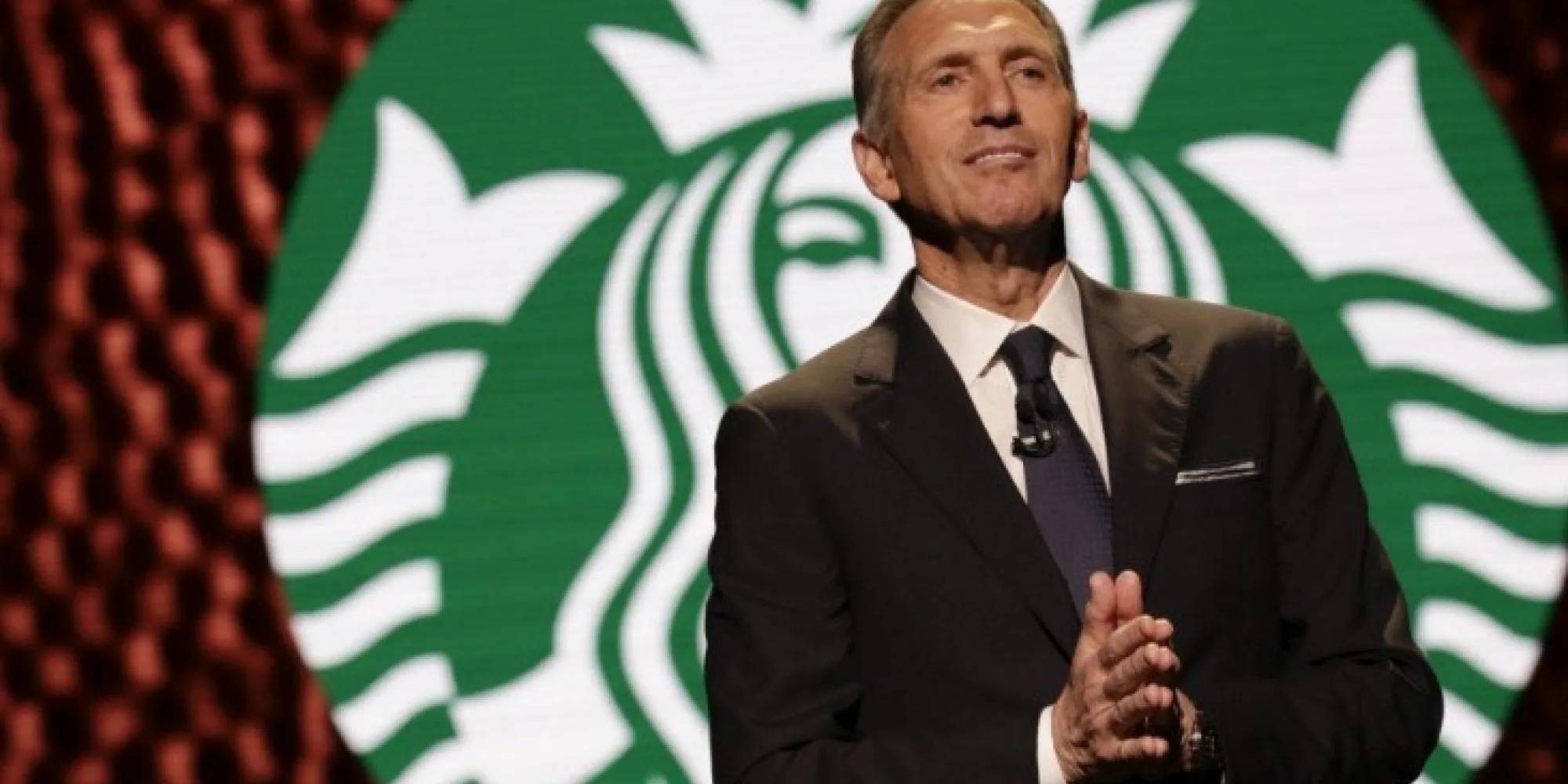Applying Profit Mechanic Mastery to Cars, Computers and Coffee
Great leaders are "profit mechanics" who can maintain a balance between costs and revenues, ensuring sustainability and growth.
- Cost Management: A profit mechanic leader meticulously monitors costs, ensuring that every expense contributes to the overall value of the product or service. This includes the cost of technology upgrades, pivoting strategies, and increasing remuneration for key players.
- Strategic Investment: In the early stages, there might be a runway to profit, where initial losses are expected. However, these investments should be strategic, with a clear path to profitability. Leaders must watch this phase closely to avoid prolonged cash burn.
- Continuous Improvement: Once the business achieves lift-off, the focus on profit must continue. This involves regularly reassessing and optimizing processes, products, and services to ensure they remain profitable.
- Adaptability: The ability to pivot and adapt to changing market conditions is crucial. A profit mechanic leader is always ready to make necessary adjustments to stay competitive and profitable.
- Value Creation: Ultimately, the goal is to deliver a product or service that provides more value than it costs to produce. This value creation is what drives profitability and long-term success.
Throughout modern business history, many notable leaders have exemplified the "profit mechanic" approach and successfully turned their companies around. Here are a few:
- Steve Jobs (Apple): When Steve Jobs returned to Apple in 1997, the company was on the brink of bankruptcy. Jobs streamlined operations, cutting down the number of projects and focusing on innovation. His leadership led to the creation of iconic products like the iMac, iPod, iTunes, and iPhone, which transformed Apple into one of the most valuable companies in the world.
- Lee Iacocca (Chrysler): Lee Iacocca took over Chrysler when it was near bankruptcy in the late 1970s. He secured a $1.5 billion loan from the U.S. government, restructured the company, and introduced successful models like the K-car and minivan. Under his leadership, Chrysler became profitable again and repaid its loans ahead of schedule.
- Howard Schultz (Starbucks): Howard Schultz transformed Starbucks from a small regional chain into a global coffee powerhouse. After stepping down as CEO in 2000, he returned in 2008 to address stagnating sales and profits. Schultz refocused on the customer experience and innovation, leading to a significant turnaround.
These leaders demonstrated the importance of strategic cost management, innovation, and a relentless focus on profitability.
When Howard Schultz returned to Starbucks in 2008, he implemented several key changes to turn the company around:
- Refocusing on Core Values: Schultz emphasized the importance of the Starbucks experience, which had been diluted by rapid expansion. He aimed to restore the unique atmosphere of Starbucks stores, focusing on the quality of coffee and customer experience.
- Closing Underperforming Stores: Schultz made the tough decision to close around 600 underperforming stores in the U.S. This move helped streamline operations and cut costs.
- Innovating the Menu: He introduced new products, such as the Pike Place Roast, and expanded the food offerings to attract more customers throughout the day.
- Investing in Technology: Schultz pushed for the adoption of digital innovations, including the Starbucks mobile app and loyalty program, which enhanced customer engagement and convenience.
- Employee Training: He temporarily closed all U.S. stores for a day to retrain baristas on the art of making espresso, reinforcing the company's commitment to quality.
These strategic changes helped Starbucks regain its footing and set the stage for future growth.
Howard Schultz and his team used several criteria to assess the underperforming stores at Starbucks:
- Financial Performance: They closely examined the financial metrics of each store, including sales, profit margins, and overall profitability. Stores that consistently failed to meet financial targets were flagged for potential closure.
- Customer Traffic: They analyzed customer traffic patterns to identify stores with declining or insufficient foot traffic. Low customer visits often indicated a lack of demand or poor location.
- Market Saturation: In some cases, stores were closed due to market saturation. If multiple stores in close proximity were cannibalizing each other's sales, it made sense to consolidate operations.
- Operational Efficiency: They evaluated the operational efficiency of each store, including factors like staffing levels, inventory management, and service speed. Stores with persistent operational issues were considered for closure.
- Brand Alignment: Schultz also considered whether each store aligned with the Starbucks brand and customer experience standards. Stores that failed to deliver the expected Starbucks experience were more likely to be closed.
By using these criteria, Schultz was able to make informed decisions about which stores to close, ultimately helping to streamline operations and improve overall profitability.

